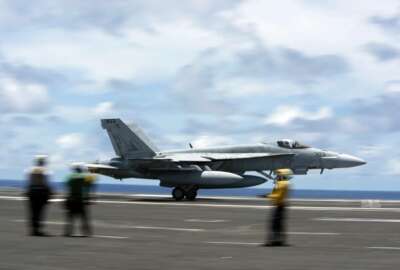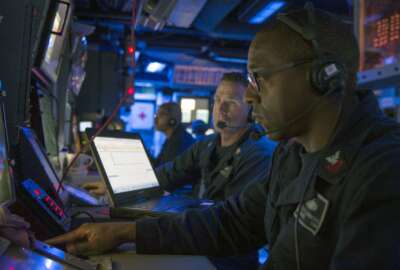
NCIS analyzes, consolidates and structures Navy criminal investigations data for better results
The Defense Department’s criminal investigations always had the goal of evidence data, but the traditional methods of investigation are now merging new forms of...
The Defense Department’s criminal investigations always had the goal of evidence data, but the traditional methods of investigation are now merging new forms of data analysis. The Naval Criminal Investigative Service (NCIS) sees several changes ahead as a result.
NCIS, a civilian federal law enforcement agency, supports the Department of the Navy, from sailors to Marines, which makes it uniquely positioned to investigate felonies, prevent terrorism or protect military secrets. Chief Information Officer Laukik Suthar said the agency has just over 2,000 personnel in about 190 locations worldwide, so a major focus right now is access to the Department of Navy for special agents.
Part of that access is making sure people have a discovery mechanism or index so they know what data they have to work with.
“You’re right about unpacking it and making sure that the information is there but we also have to go to accessibility meaning that it doesn’t matter where you’re at, when you get access to the information, meaning, it could be through a hard line on base, or it could be over the air,” Suthar said on Federal Monthly Insights – Special Bulletin: Digital Investigations. “You might be right there outside of a witness’s house and you that you need that access to that information. Or you might be on a crime scene, and you’re trying to connect the different type of information that’s looking at you, is there a 3D rendering of the room that you need?”
He said three big components of the data challenge for NCIS include the access question, and the trustworthiness question – consolidating the information so that special agents can see it based on a reliable form of information. Number three, he said, is overlaying data analytics.
“I’m not talking about – artificial intelligence in its true form,” he said on Federal Drive with Tom Temin, “but linking the relevant information together, sewing it together, and then providing some type of dashboard or context of how it comes together for that operator on the ground to ensure that they have the information that they need.”
It is hard to incorporate unstructured data for an investigation into a consolidated form. Suthar said the data can come in a very “unhuman recognizable” way which is not natural for agents to look at, but somehow makes sense to the computer.
“Machine learning and AI – artificial intelligence – is doing a pretty good job. Again, it goes to tooling the product well enough, so it can read the information. But this is something that we also don’t really talk about too often, is not doing it alone,” he said. “You have to partner. You can’t do it alone. You have to partner with people and you got to work with other entities to make sure that the unstructured data – the structured data is exactly the same as it would be with a partner organization because us from NCIS, we worked across multiple agencies.”
Copyright © 2025 Federal News Network. All rights reserved. This website is not intended for users located within the European Economic Area.
Amelia Brust is a digital editor at Federal News Network.
Follow @abrustWFED
Related Stories





